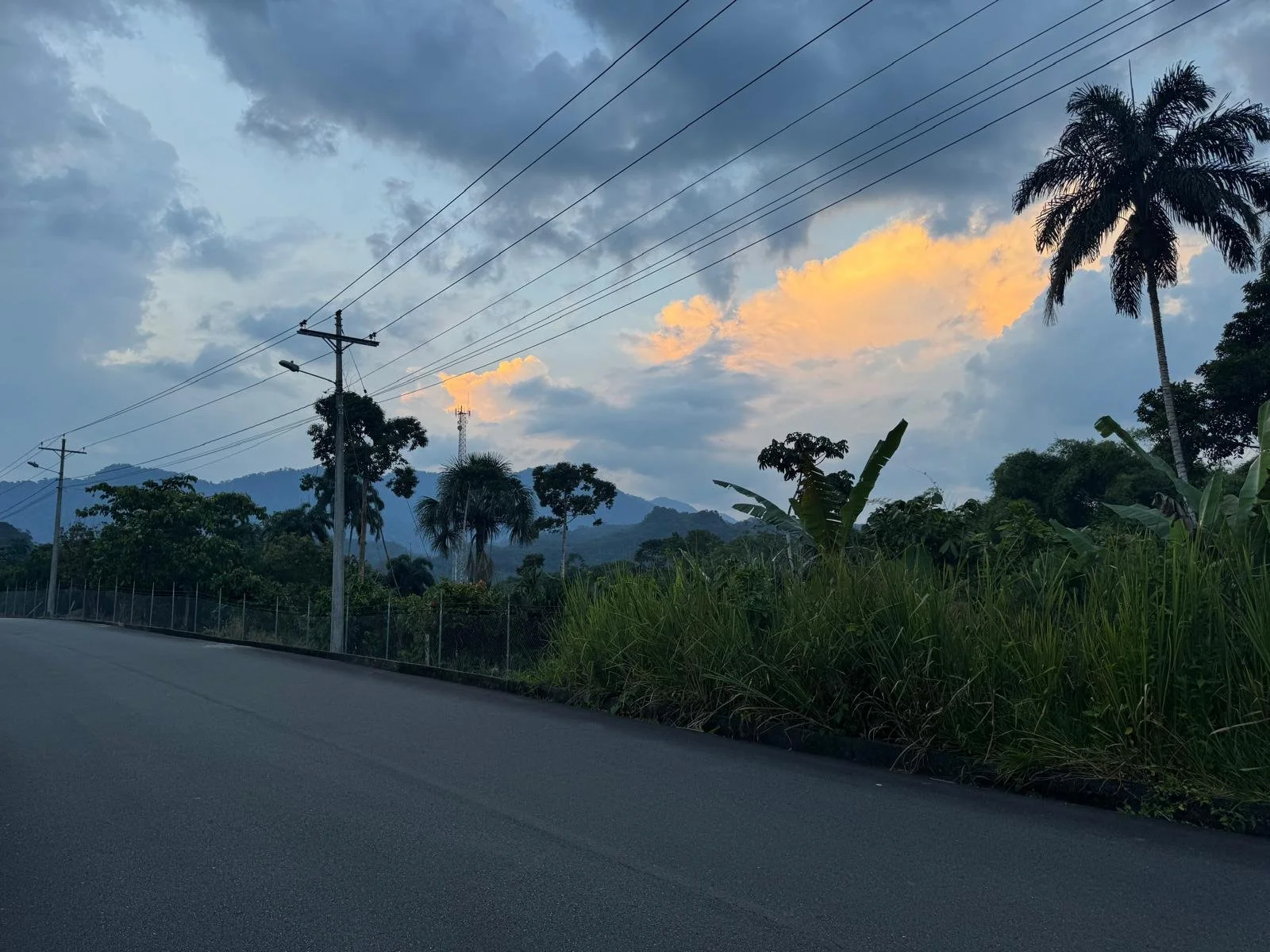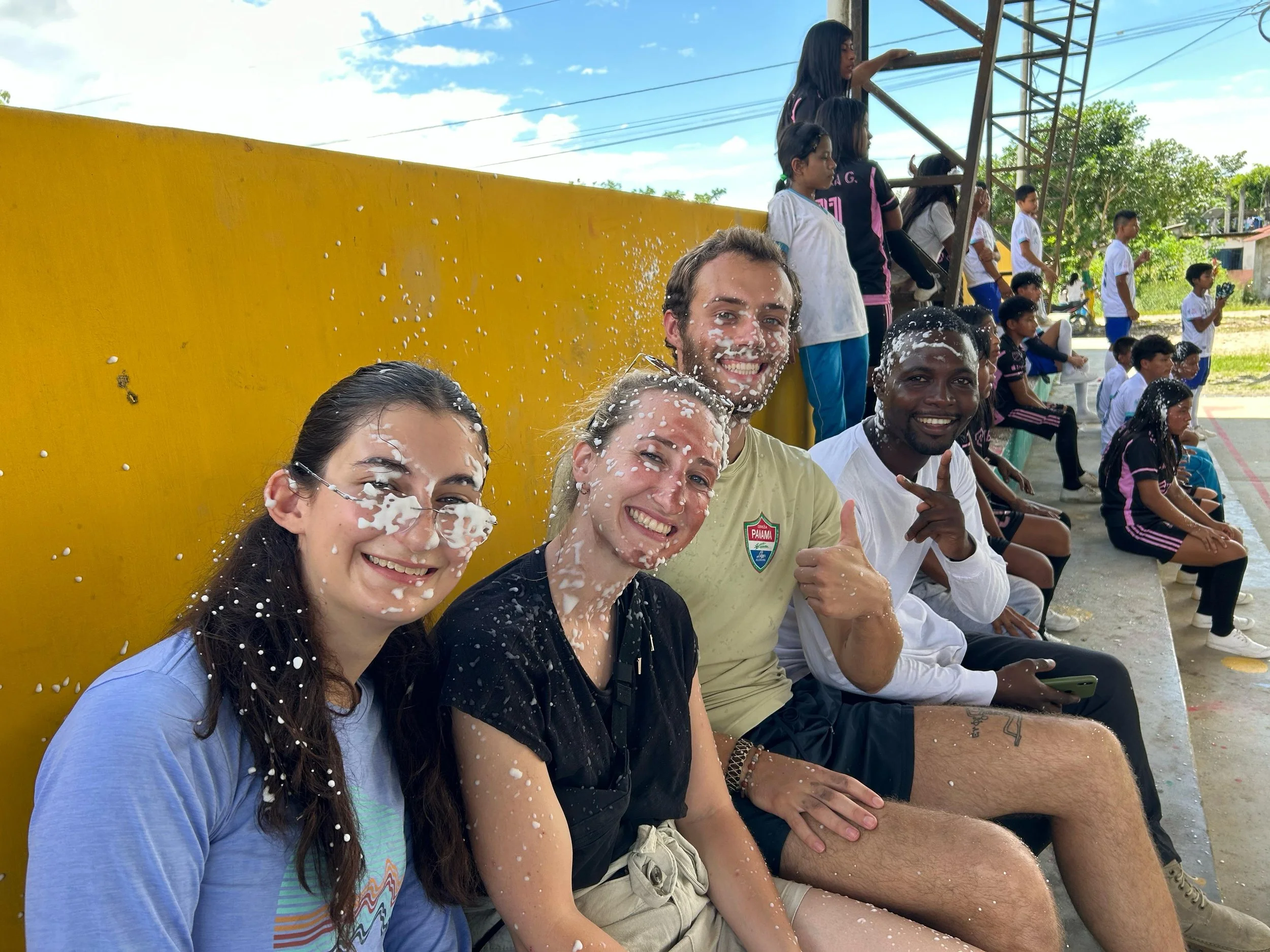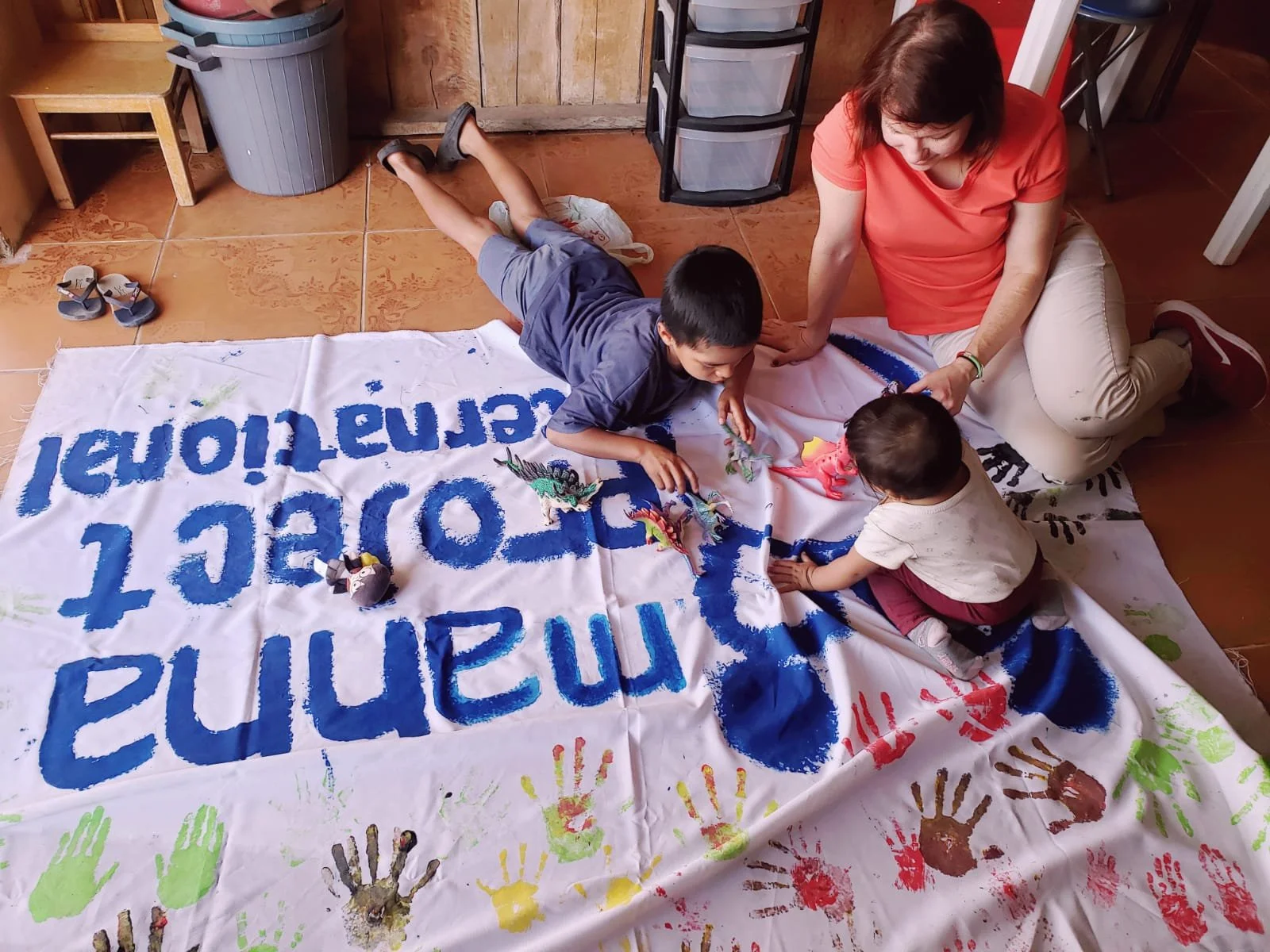Manna Project International's long-term volunteers are called Program Directors, reflecting their role in developing, leading, and managing all aspects of education, health, and livelihoods programs. While most Program Directors commit to staying in Ecuador or Nicaragua for between 5- and 13-months, others from both sites choose to stay for even longer. A Senior Program Director is a Program Director that has been chosen to stay for an additional year with MPI, focusing their second year on a specific on-site project, as well working with MPI staff in the States on a specific organizational role, such as volunteer recruitment, communications, or fundraising.
As Senior Program Director in Ecuador, I've had the opportunity in my second year of service with Manna Project to specialize my work, focusing in on the specific aspects of non-profit management that I'm interested in learning more about and skills I want to develop further. While part of the beauty of being a Program Director is the opportunity to experience managing a vast array of different types of programs and work on different types of organizational rules in a non-profit, I've enjoyed being able to dig deeper in certain organizational roles that I've been interested in.
Here I am leading one of our first entrepreneurship classes. Our graduates have a 100% success rate, going on to find jobs in their field or start their own small businesses.
My on-site program this year has been growing our livelihoods programming by focusing on developing entrepreneurship classes in developed in conjunction with our partner Education Global Access Program (E-Gap). Developing this new partnership and seeing our livelihoods programming evolve over my two years with MPI has been an extremely rewarding experience. Additionally, I have also devoted efforts on-site to working closely with our Country Director in all aspects of volunteer management and training, for Program Directors, summer interns, and short-term groups.
The organizational role that I was most interested in exploring further with MPI was our grant-writing and fundraising, and I have learned so much about it this year. I have been involved in writing 5 different grants, as well as organizing site visits for grant-giving organizations, working on writing grant reports, and participating in our different fundraising efforts. Additionally, I was able to gain more experience with all aspects of Manna Project's communications and social media by developing Ecuador-specific content across all our social media channels.
Beyond the incredible experiences I've gained through my time as a Senior Program Director with Manna Project, staying a second year in Ecuador has been an incredible opportunity to get to know Ecuadorian culture even more, and continue to enjoy living in Latin America. After a year I felt I was just finally starting to feel at home in Sangolqui, and I couldn't imagine uprooting myself and moving back to the States, or moving on to a different community within Ecuador. I now know our communities here inside and out, and consider Ecuador to be my home. The aspects of Ecuadorian culture that at first seemed strange to me and even caused me culture shock are now things I am entirely accustomed to and even enjoy. I continue to surprise myself every single day with how well I have adjusted to Ecuador and how much I have learned as a young professional and as a person over these past two years.
This photo was taken at our Bienvenida / Despedida party at the MPI community center. This is Yeimmy, one of my E-Gap entrepreneurship class students, with her daughter Violeta. Yeimmy's business is growing quickly, and she expressed that she uses information she learned in our classes almost every single day.
My former English student, Alexandra, at our Bienvenida / Despedida party. To learn more about her story, check out this video I made about her family's involvement in our programs.
While the Senior Program Director position isn't for everyone, it's something I would recommend to all Program Directors to keep in mind and carefully consider as they think about their time after Manna Project. Just as being a first-year Program Director is challenging yet extremely rewarding, so is the Senior Program Director position. It will help you reach your personal and professional goals, and experience the country you've grown to know and love even more deeply than you could after just 13-months.




























